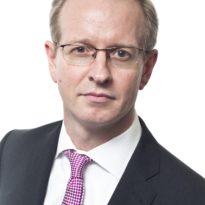There has been a significant shift in the use of modelling tools among advisers, as they seek to determine a ‘safe’ income drawdown rate in retirement for their clients.
Research from Aegon and NextWealth revealed that half of advisers (51%) used modelling tools in 2021, an increase from 38% the previous year and significantly above the 13% who used modelling tools in 2018.
At the same time, the number of advisers using a fixed rate method has declined. Just over a quarter (26%) of advisers said they use this method, down from 37% the previous year and 66% in 2018.
Among those continuing to use a fixed rate, the research showed an increase in the rates typically used compared to 2020. While no advisers were suggesting rates much above 5%, more than a quarter (27%) were using a rate above 4% in 2021, compared to 12% the previous year.
Aegon said the main driver when choosing retirement planning tools was ease of use (72%), followed by reporting (52%), client functionality (52%) and value for money (48%).
Steven Cameron, pensions director at Aegon, said: “Our research shows there has been a huge shift in the methods advisers use to determine a ‘safe’ income drawdown rate in retirement in recent years. Modelling tools overtook the fixed rate method for the first time following the onset of the pandemic and the latest research shows there has been a further widening of this gap.
“The significant macro-economic instability and market volatility over the last two years will have played a part in this, as modelling tools facilitate a more dynamic approach to managing retirement income.”
Cameron said while the cost of living crisis may prompt more people to draw down a higher income from their pension, this carries the risk of depleting funds earlier than planned.
“The research shows advisers are already updating their tools and assumptions to deal with greater uncertainty and changes in spending behaviour,” he added.




























